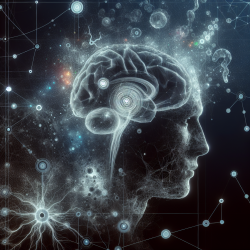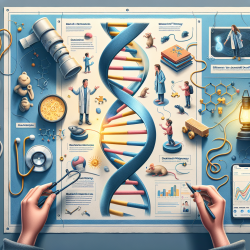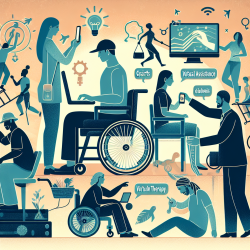Introduction
Traumatic Brain Injury (TBI) poses significant challenges in healthcare due to its complex effects on brain structure and function. Recent research, particularly the study "Patient-Tailored Connectomics Visualization for the Assessment of White Matter Atrophy in Traumatic Brain Injury," offers a novel approach to understanding these challenges through advanced visualization techniques.
Understanding the Research
The study introduces a framework for mapping TBI-related structural damage using multimodal neuroimaging and personalized connectomics. This approach allows clinicians to visualize trauma-related atrophy of white matter connections between cortical structures, offering insights into the chronic evolution of TBI cases.
Key features of this approach include:
- Graphical representation of TBI profiles based on individual structural deficits.
- Integration of findings with existing research on cortical structures' functional roles.
- Visualization of brain connections affected by pathology through MRI.
Implications for Practitioners
For practitioners, this research provides a valuable tool for improving patient outcomes. By understanding the specific atrophy patterns in TBI patients, clinicians can tailor rehabilitation strategies more effectively. This approach aligns with the goals of personalized medicine, offering customized care based on individual patient profiles.
Practitioners are encouraged to consider the following steps:
- Incorporate connectomics visualization into regular assessments of TBI patients.
- Utilize the graphical representations to inform rehabilitation and recovery plans.
- Engage in further research to refine and expand the application of these techniques.
Encouraging Further Research
While the current study provides a robust framework, there is ample opportunity for further research. Expanding the dataset and exploring additional neuroimaging modalities could enhance the understanding of TBI and its effects. Collaboration across disciplines, including neurology, radiology, and rehabilitation, will be crucial in advancing this field.
Conclusion
The patient-tailored connectomics visualization approach represents a significant advancement in TBI research and clinical practice. By leveraging detailed neuroimaging data, practitioners can gain a deeper understanding of individual patient profiles, leading to more effective treatment strategies and improved outcomes.
To read the original research paper, please follow this link: Patient-Tailored Connectomics Visualization for the Assessment of White Matter Atrophy in Traumatic Brain Injury.










